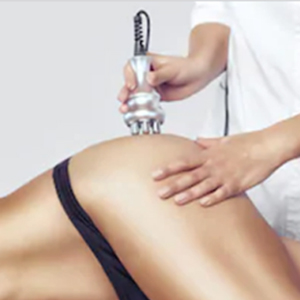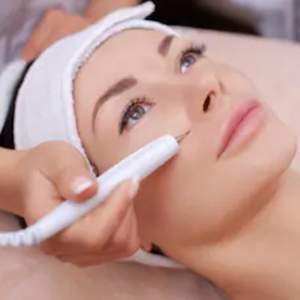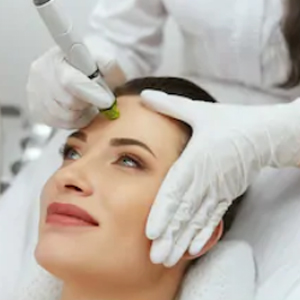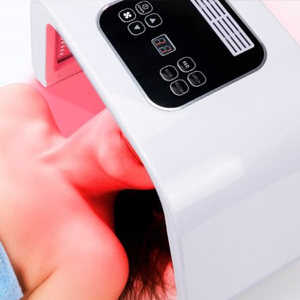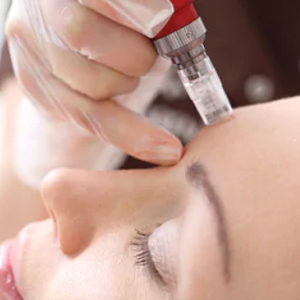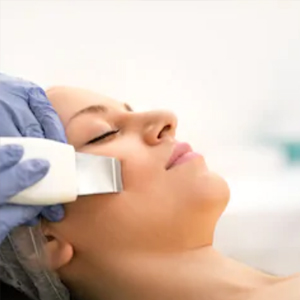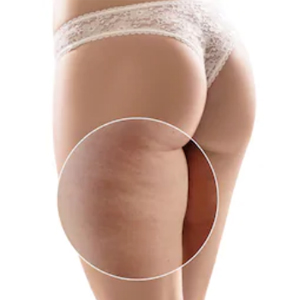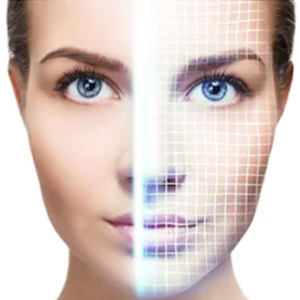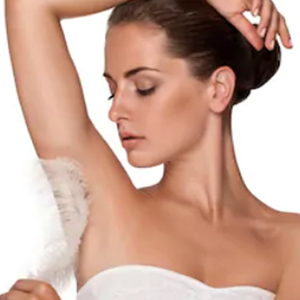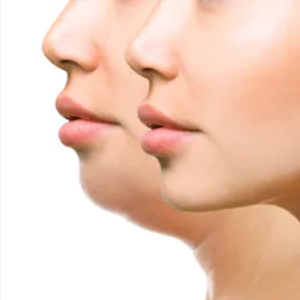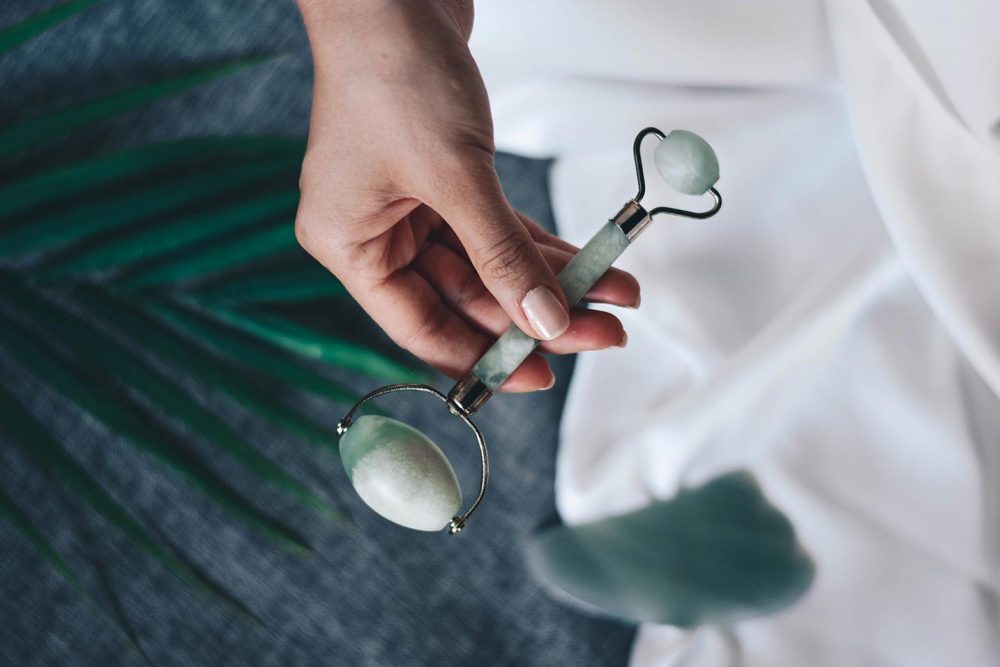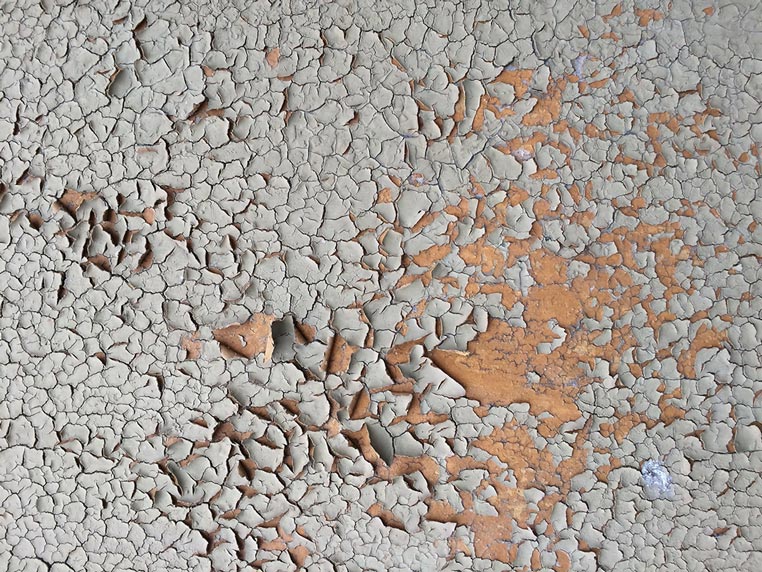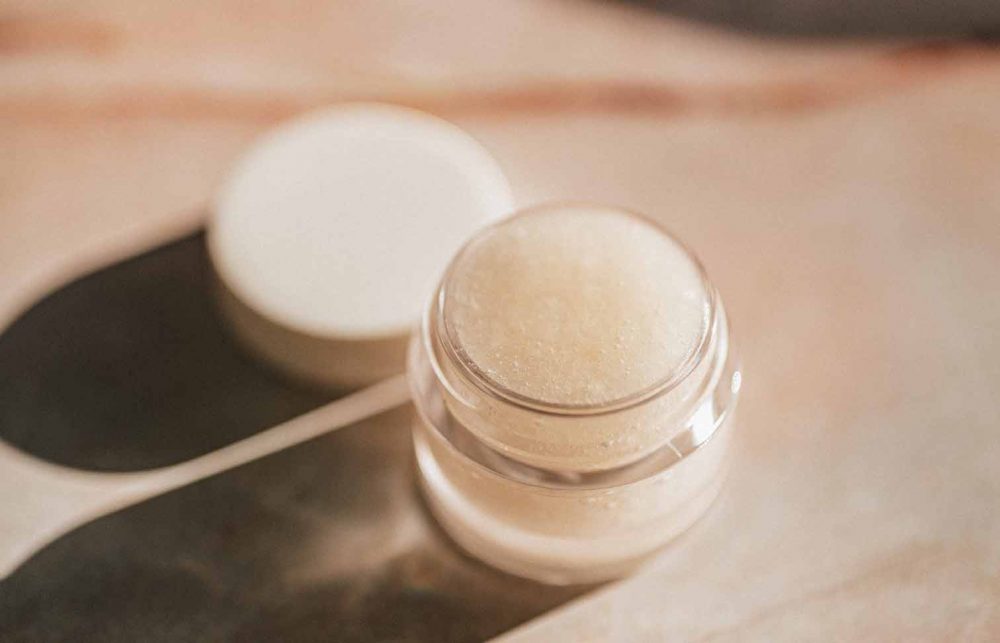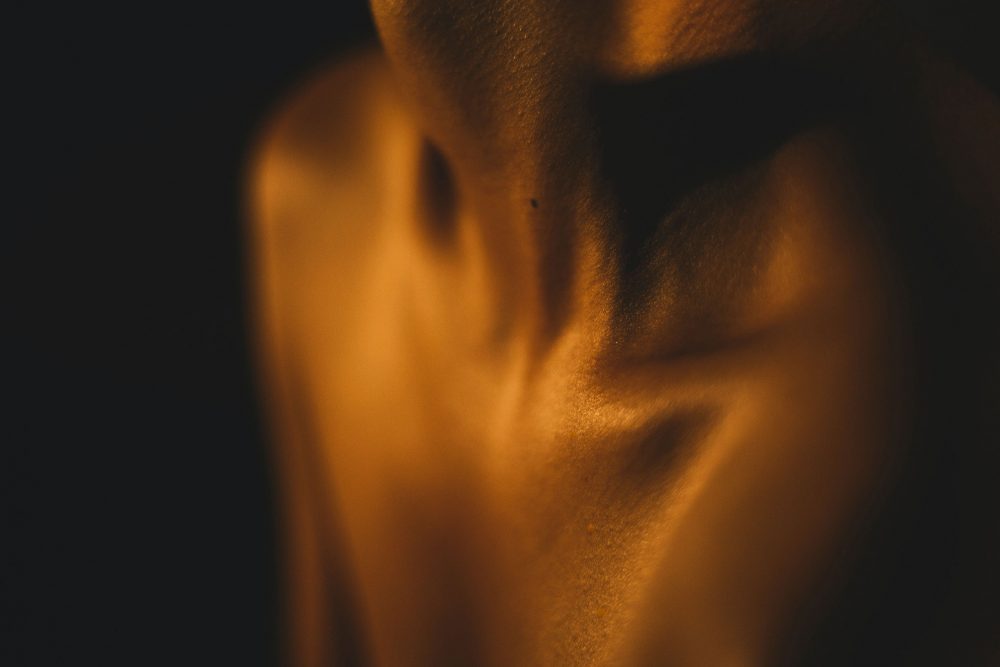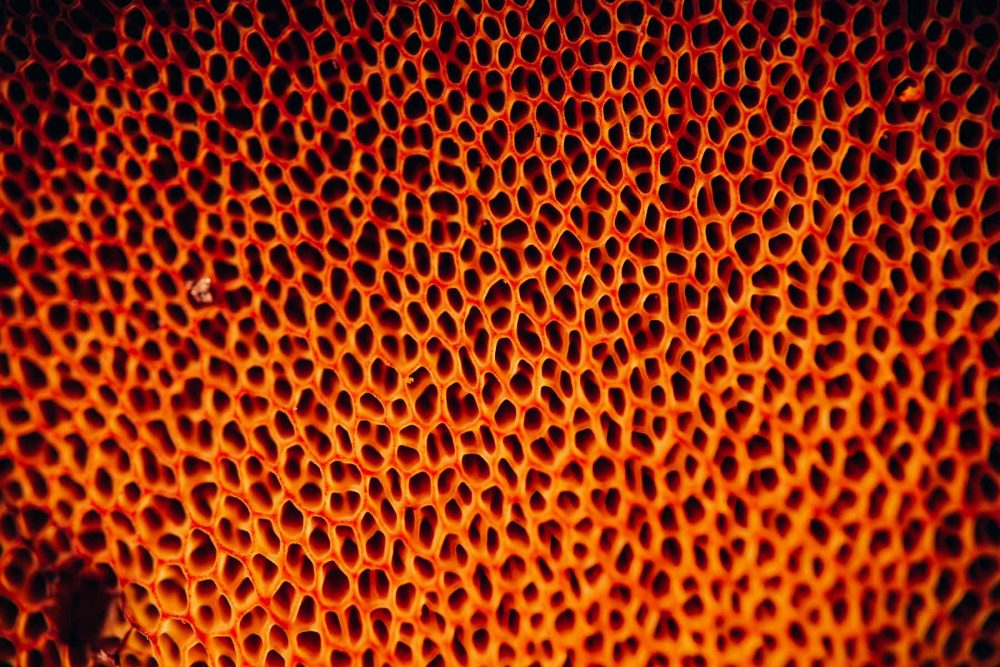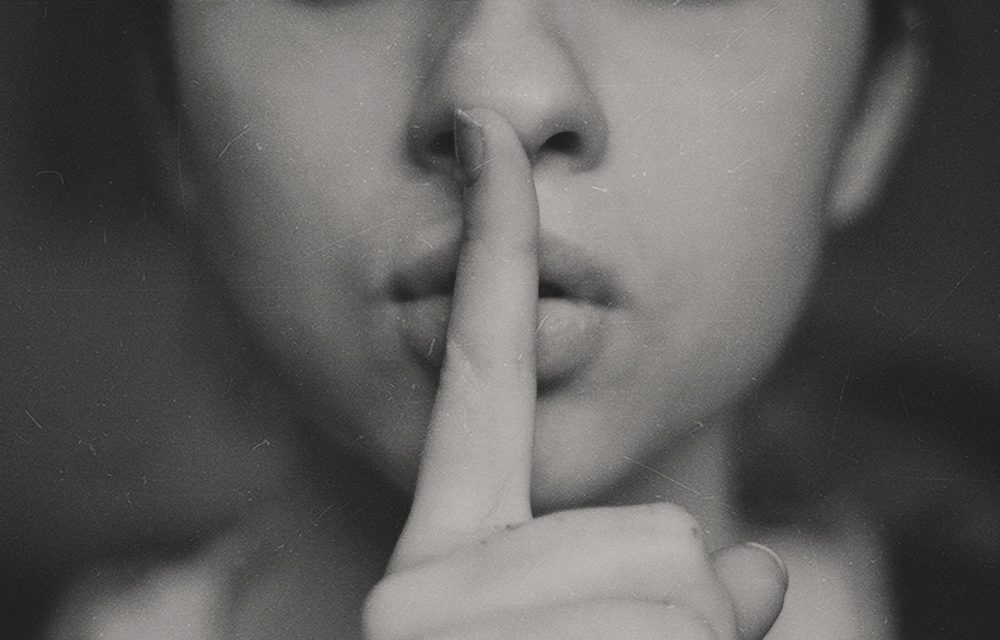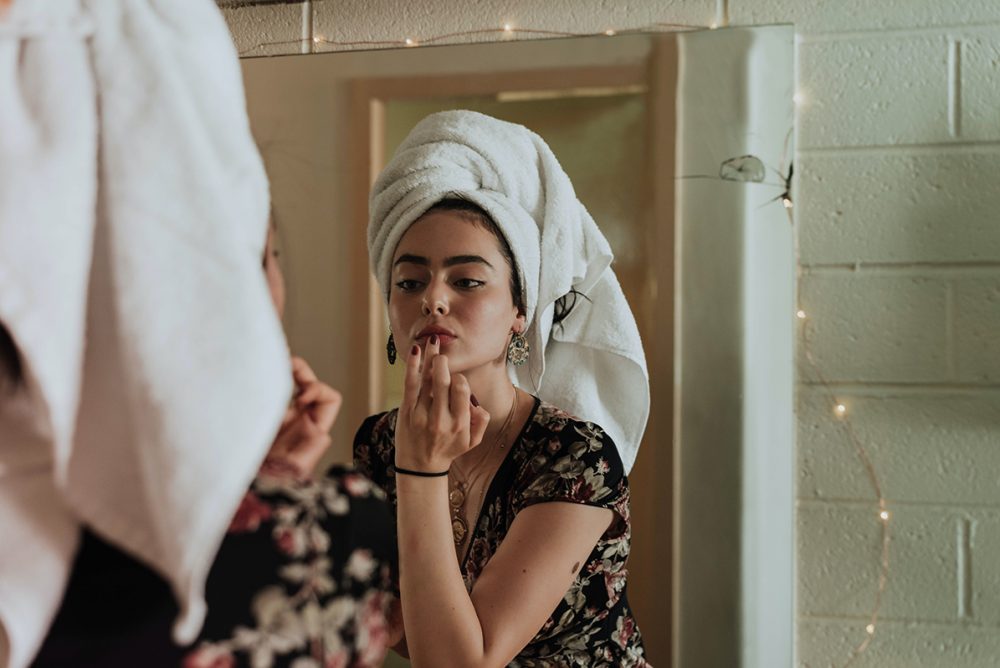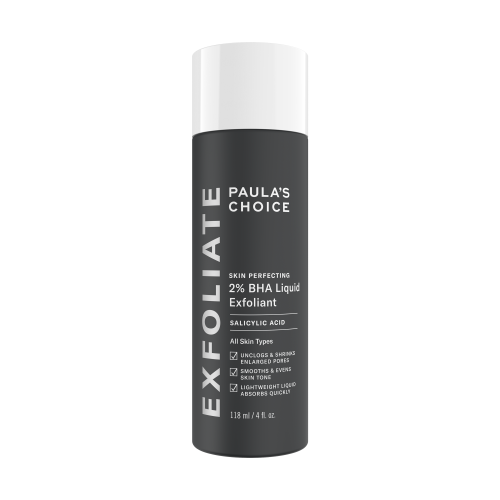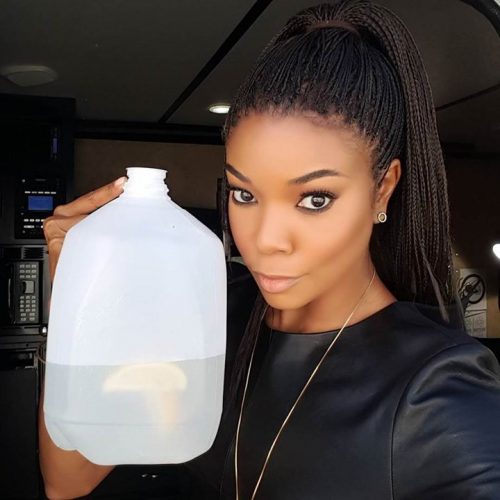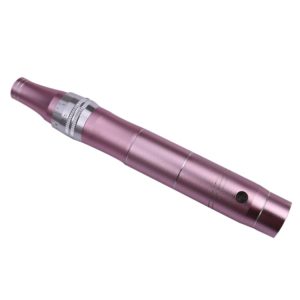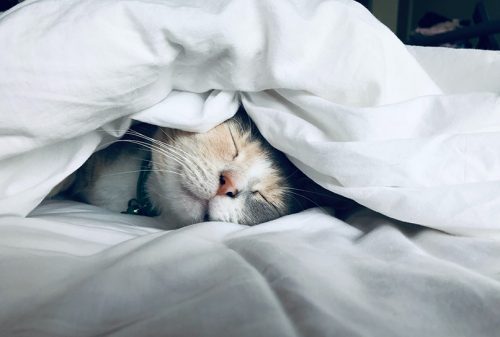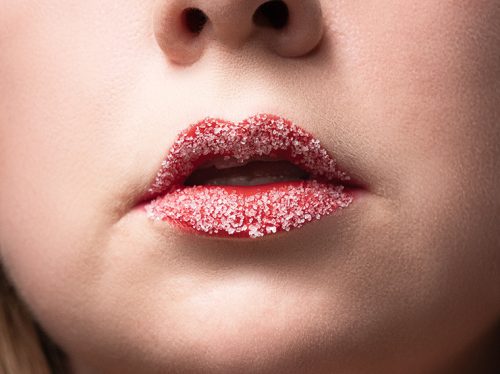The Lowdown on Jade Rolling
If you’ve been paying attention, then you’ve probably seen an influencer (or a few) praise the jade roller as a game-changer for their skin. While we can agree that it’s beautiful, the real question is – does it work? And if so, is it effective enough to make it worth the time? Let’s discuss.
AN ORIGINS STORY
The practice of Jade Rolling finds its origins in Ancient China, where it was used among the elites of the Qing Dynasty (1644-1927 AD). Proponents associated Jade, a natural mineral found in various shades of green, with healing and soothing properties. Auspiciously, it is also believed to bestow health, wealth, luck, and prosperity to those who own it – hence, many Chinese homes are adorned with jade statues, artifacts, and the likes.
THE LYMPHATIC SYSTEM
Our body is comprised of a complex network of vessels, nodes, and organs that together make up the lymphatic system. This network is responsible for moving around a clear liquid called lymph. Found within lymph are forms of white blood cells (lymphocytes and macrophages specifically), which are responsible for collecting toxins, waste products, bacteria, and damaged cells and transporting them to lymph nodes where they can be cleaned or destroyed.
THE BENEFITS
The basis of jade rolling is that it helps ‘push’ lymph through the lymph vessels towards the lymph nodes where it can be cleaned, thus detoxifying the face. Users often boast of
- improved skin tone,
- a ‘lifted’ and brightened complexion,
- and lessened inflammation and puffiness.
The act of rolling is also quite relaxing, very much like a facial massage, and those who swear by it also claim to be living with less stress as it gets incorporated into their daily ‘self-care’ routine.
JADE ROLL LIKE A PRO
If you really want to reap the benefits of jade rolling, then proper technique can really make a difference.
- To prevent pulling of the skin (and possibly making skin even worse), lubricate the skin with a mineral spray or a light non-comedogenic facial oil.
- In gentle strokes of 3 to 5 times, start by rolling outwards along the clavicle and downwards along the neck. This will help open up the lymph nodes that are concentrated throughout these areas.
- Move onto the jawline and cheeks, rolling outwards towards the temples.
- Most jade rollers come with two sides, a large one and a smaller one. Using the smaller side, focus on the sensitive under-eye area, rolling outwards to the outer edge of the eye. Be extra gentle to avoid the lash area and avoid pulling on the skin.
- Finish off with the forehead, rolling outwards to the hairline.
Pro-tip: keep your jade-roller in the fridge. The cooling sensation aids in depuffing your skin – and also just feels extra nice!
PUTTING IT ALL TOGETHER
While it is certainly not a miracle cure for anti-aging, jade-rolling is effective in its claims of detoxifying skin. However, this is more due to the rolling than it is to the jade. Jade-rolling is essentially giving a targeted massage to the face, and much of the same can be accomplished with a rolling hand massage using the knuckle-side of a fist.
However, admittedly the jade adds a certain level of luxury to your self-care routine, especially when cooled in the fridge, making you more likely to add it to your daily self-care routine. And if it makes you feel good – then well, that’s the point of self-care in the first place, right?
Jade-rolling has stood the test of time because it works, and it also feels good doing it. Add jade-rolling to your daily skincare routine and your skin will thank you for it. However, just be patient – like most skincare, the results are gradual and cumulative – but over time and with the right technique, you should start to see more vitality and less puffiness in your skin.
